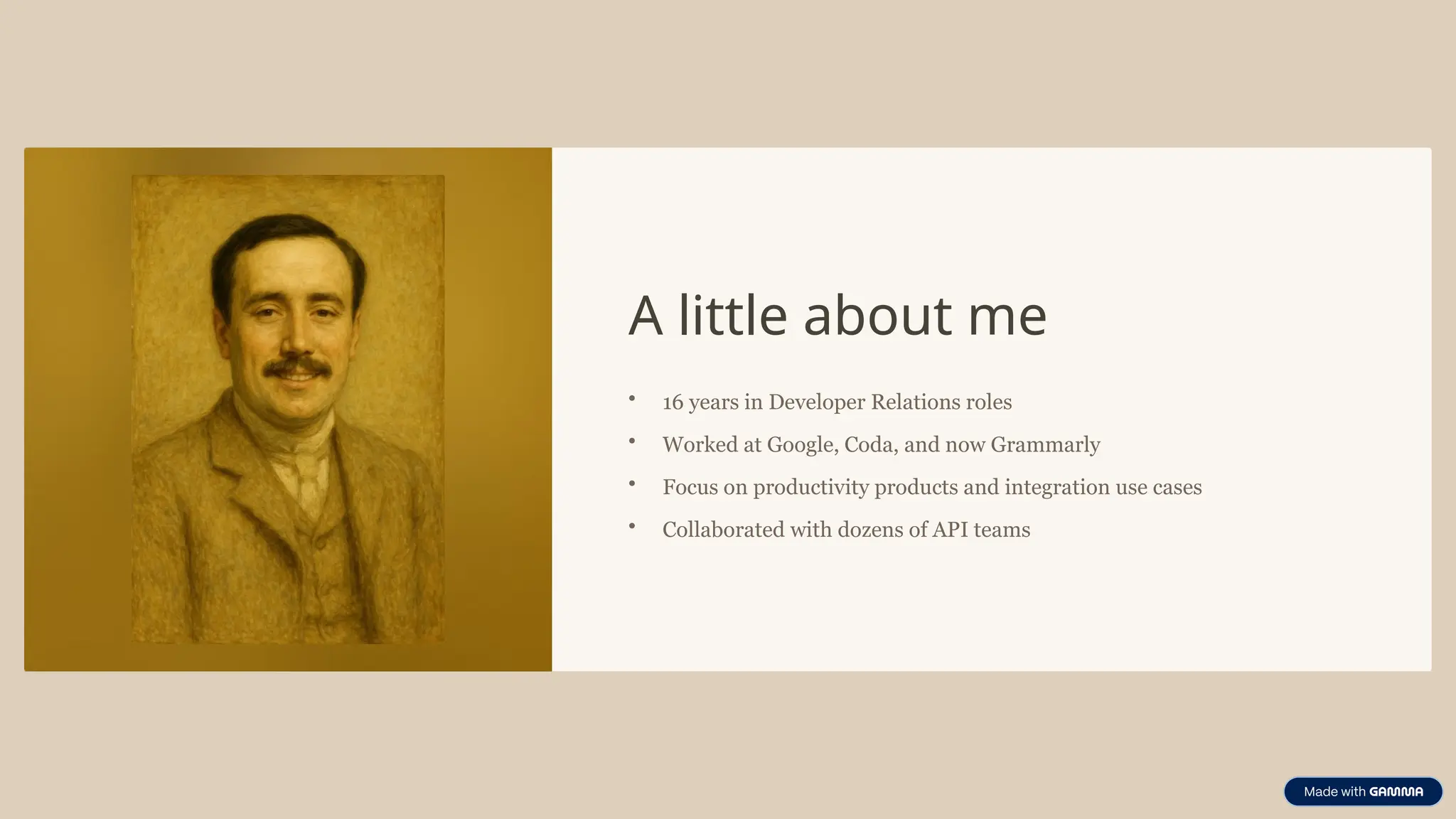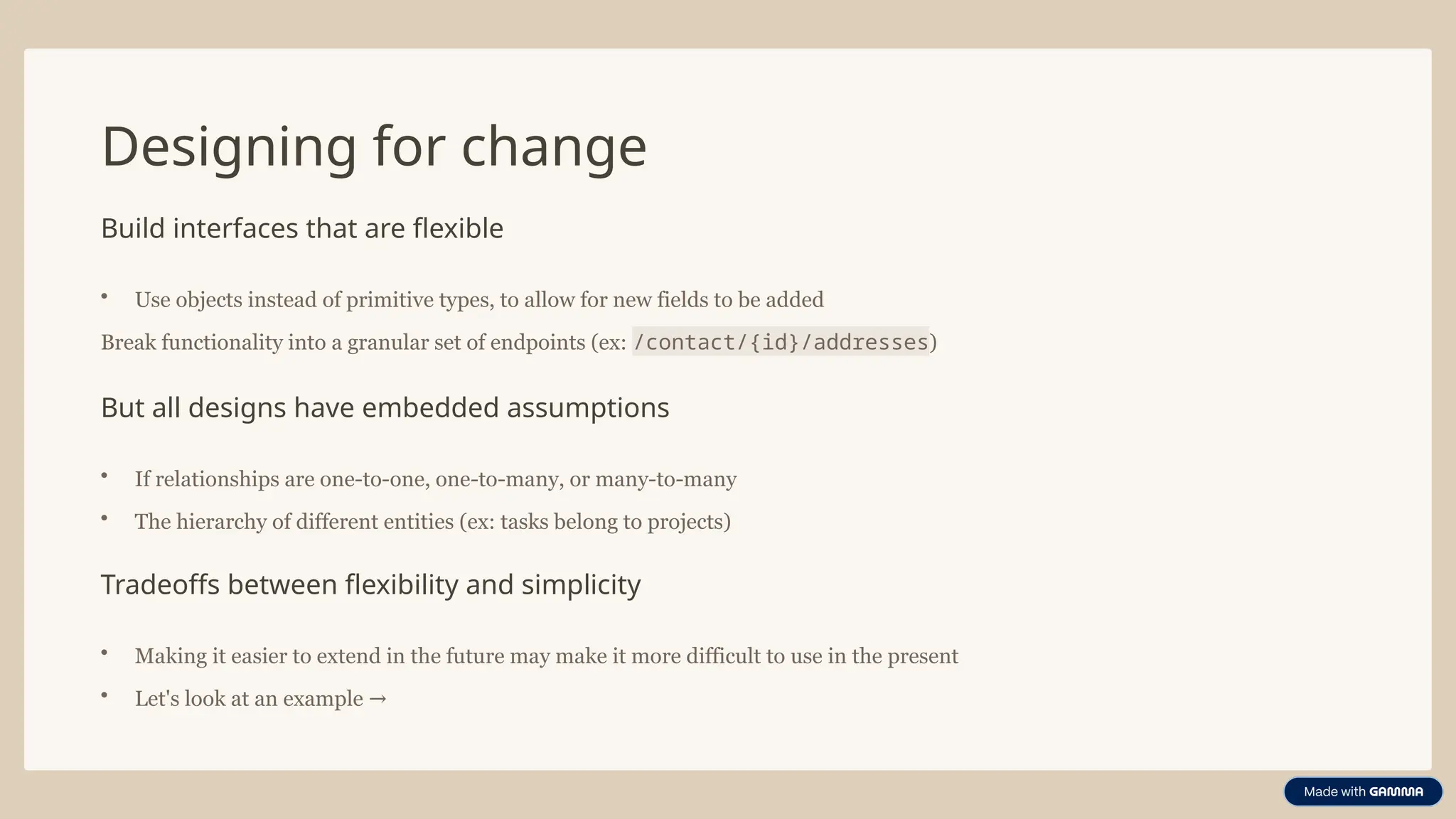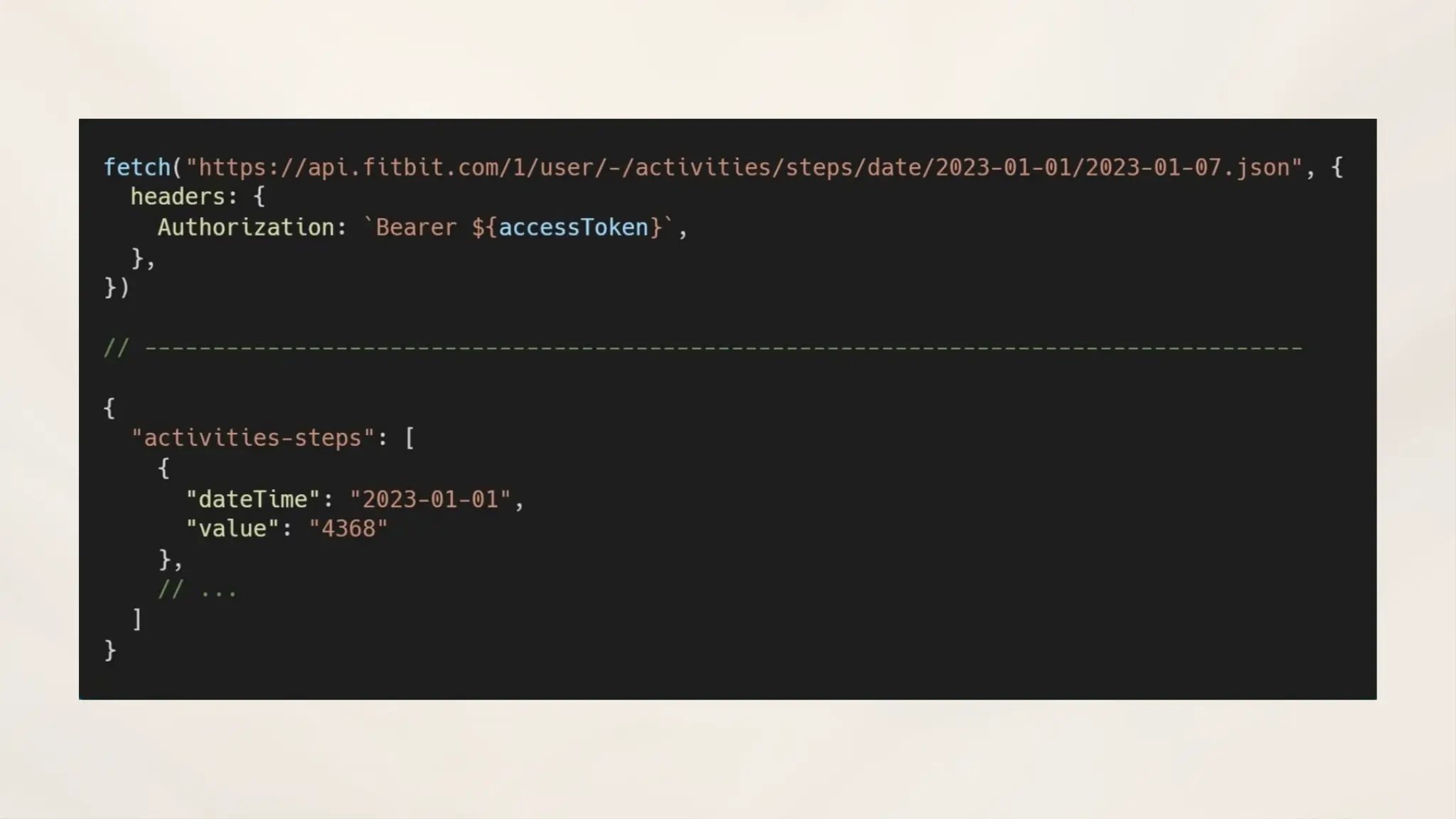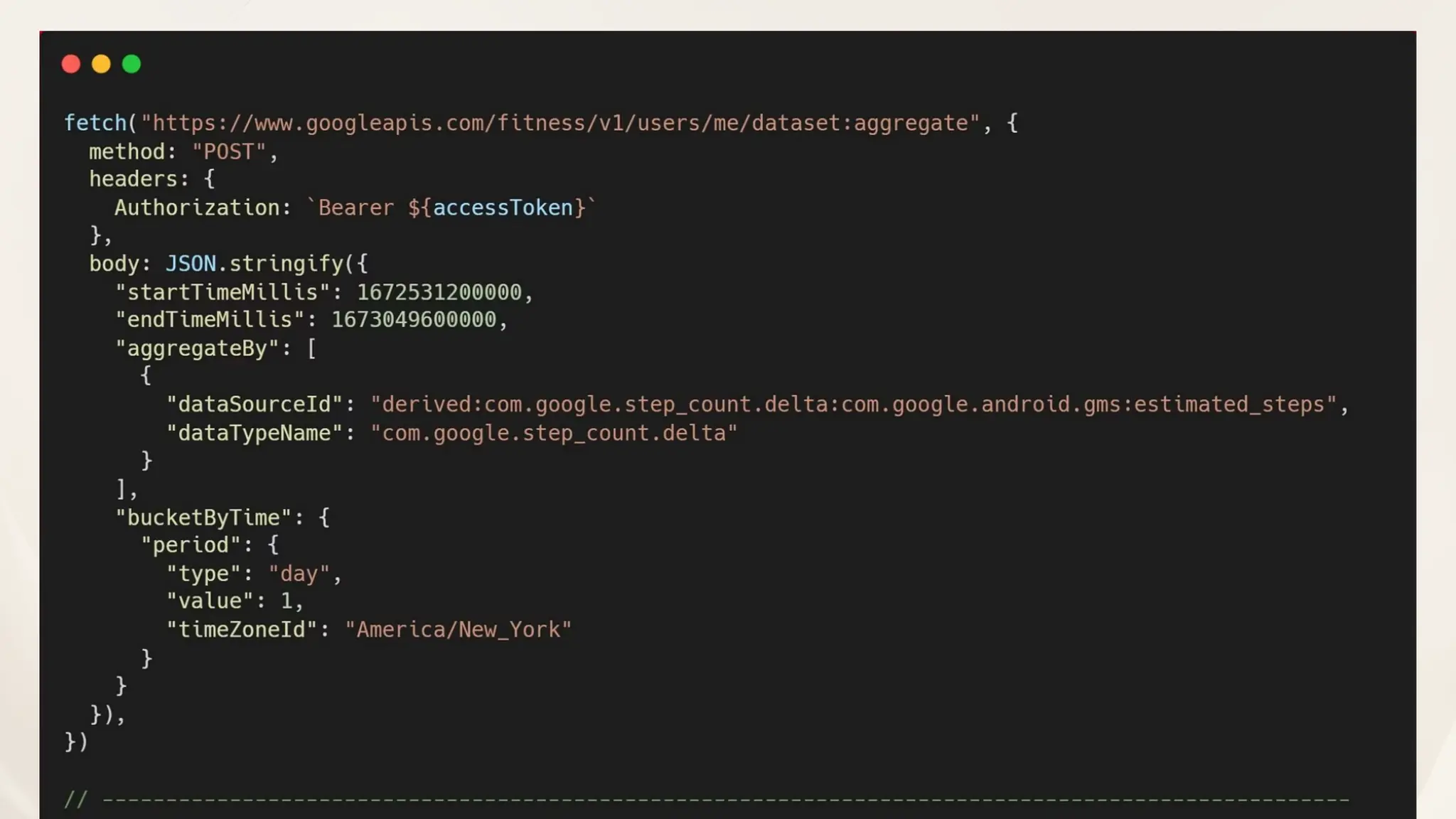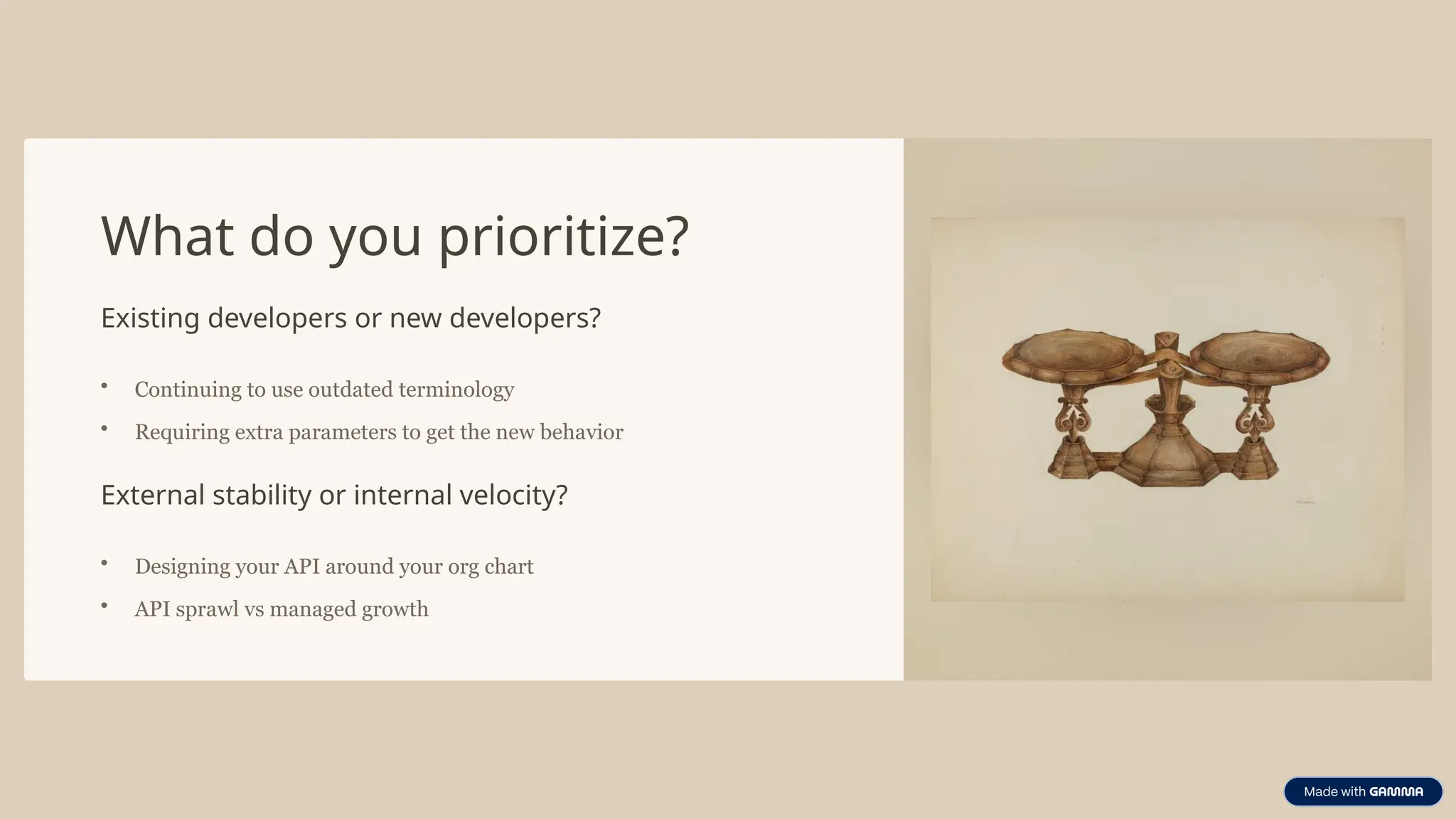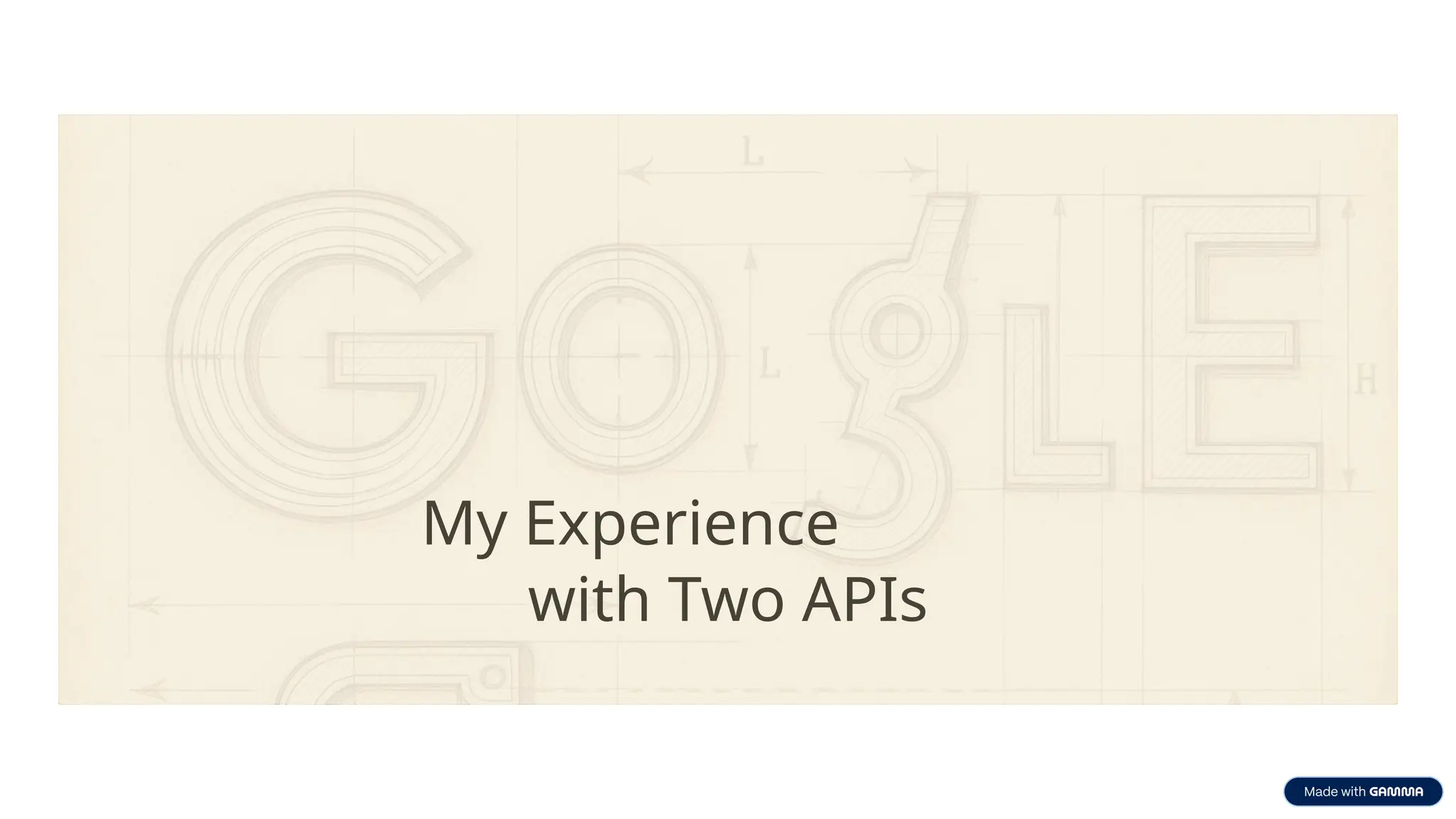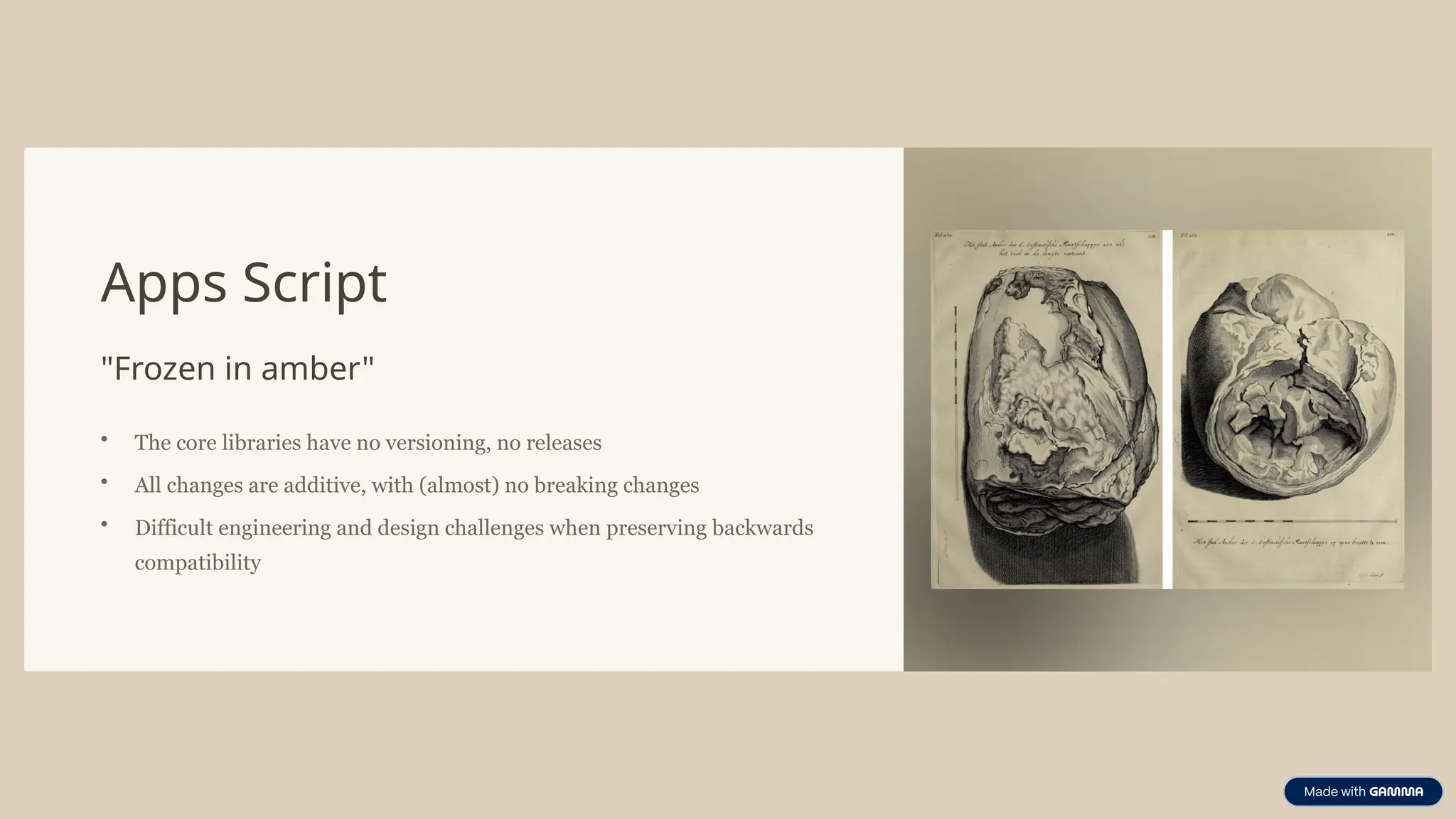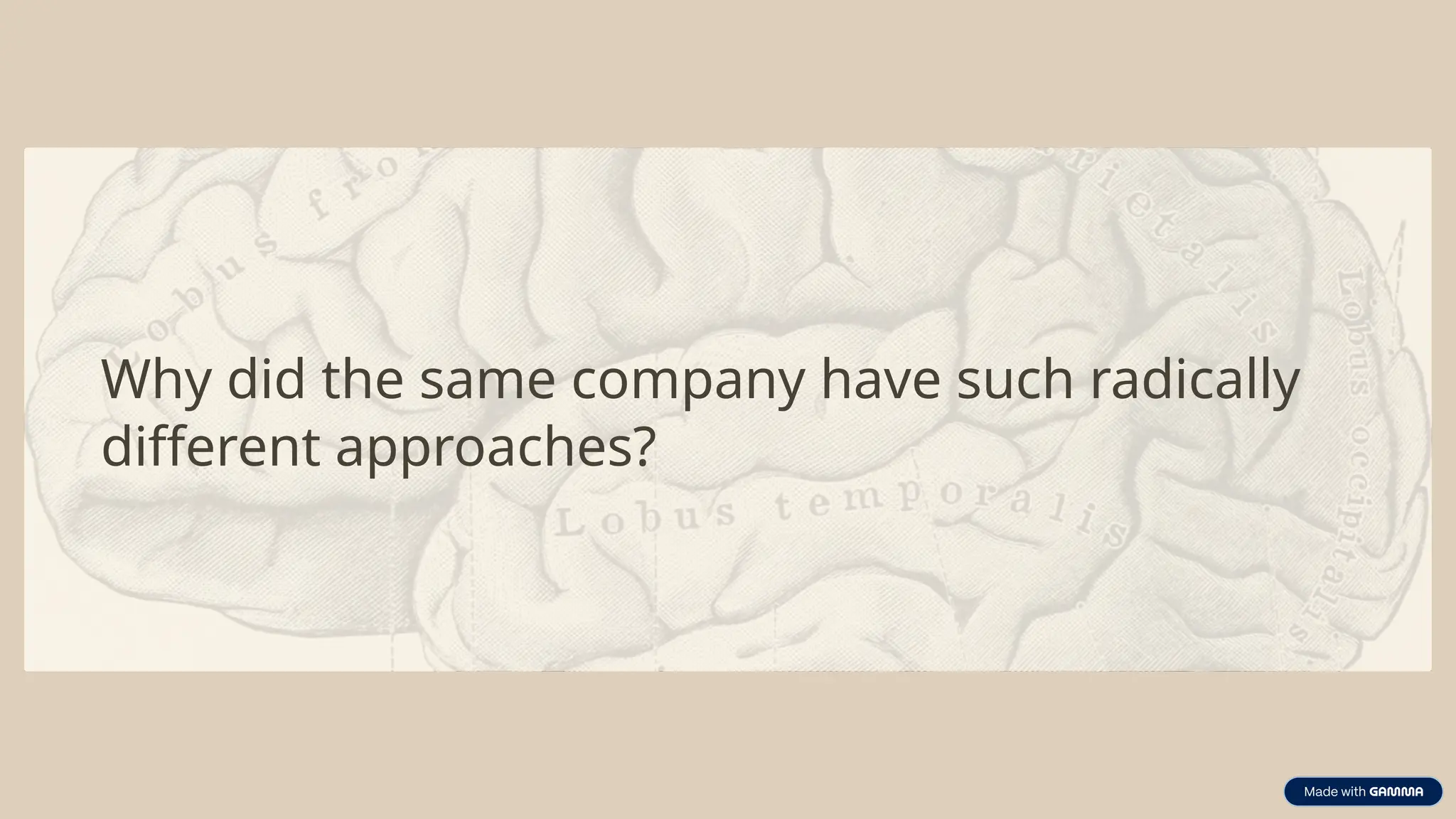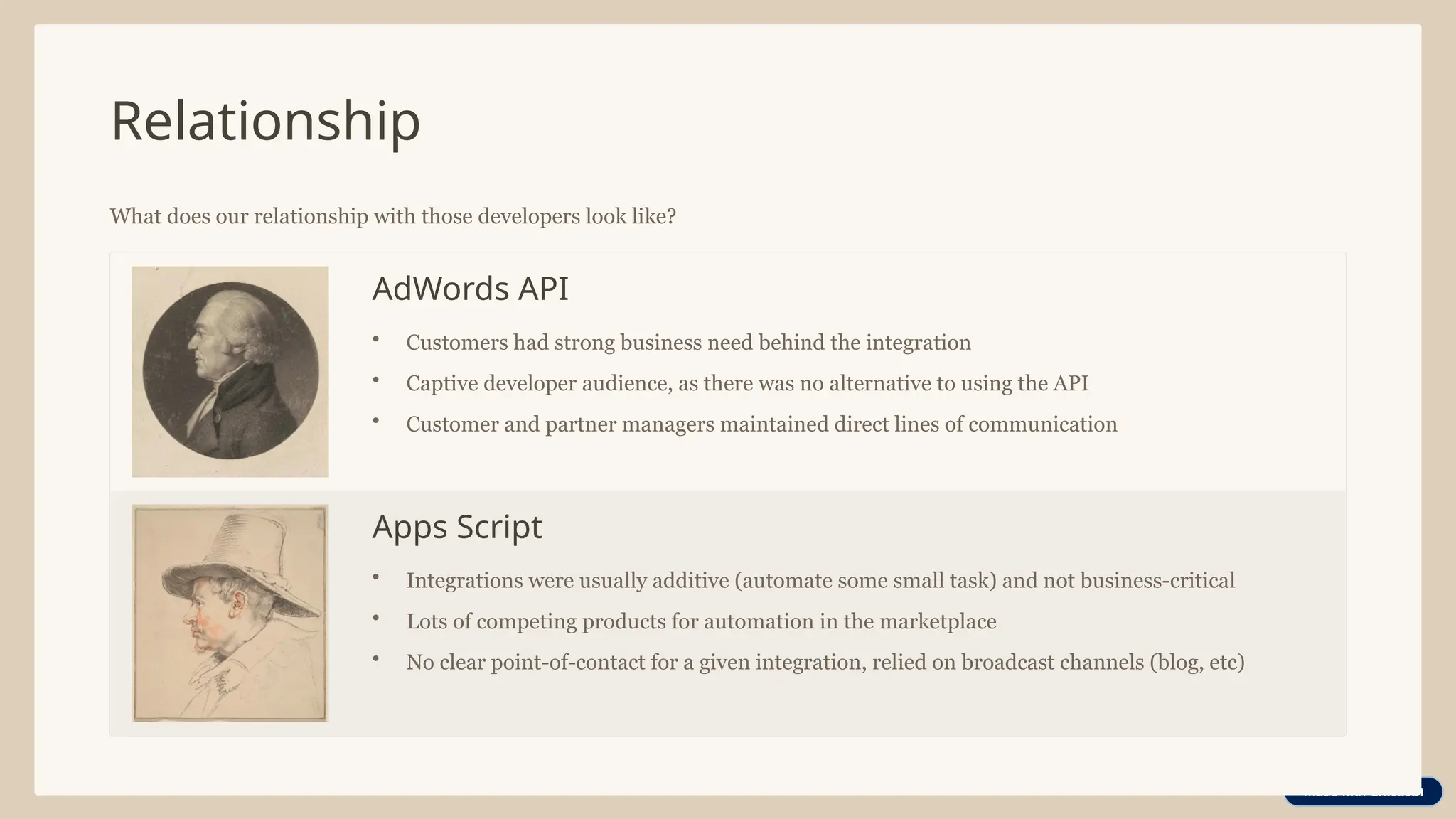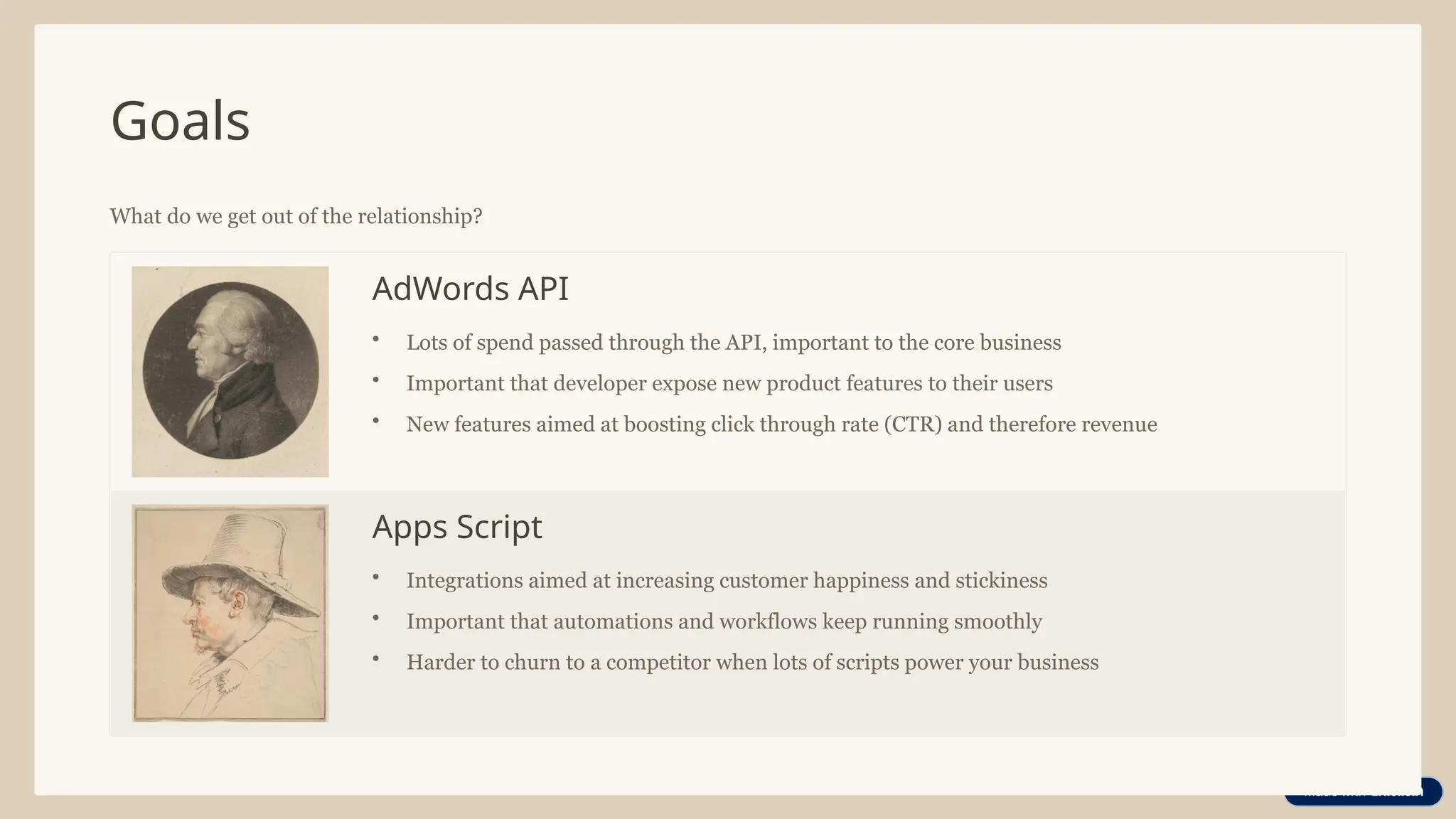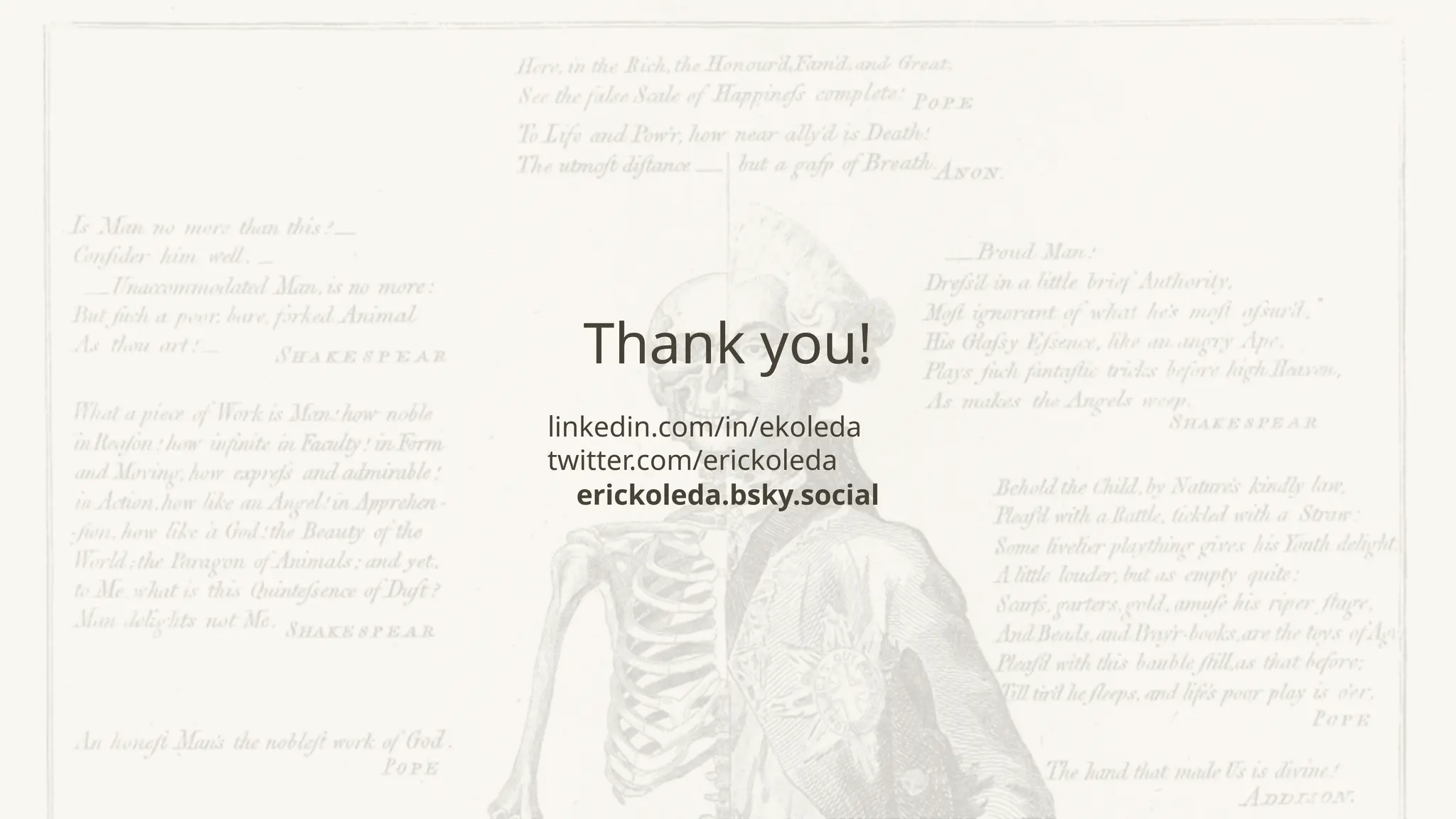Two tales of API Change Management from my time at Google
Eric Koleda, Developer Advocate at Coda
apidays New York 2025
API Management for Surfing the Next Innovation Waves: GenAI and Open Banking
Convene 360 Madison, New York
May 14 & 15, 2025
------
Check out our conferences at https://www.apidays.global/
Do you want to sponsor or talk at one of our conferences?
https://apidays.typeform.com/to/ILJeAaV8
Learn more on APIscene, the global media made by the community for the community:
https://www.apiscene.io
Explore the API ecosystem with the API Landscape:
https://apilandscape.apiscene.io/


